Andrés Santana, mad about cinema
His hands witness the movie script, the budget and the cast of actors. He is the great achiever, the creator, the one who solves all the obstacles that keep coming up during the filming of the movie, in other words, he’s the one who makes it possible for an idea to find its shape and meaning until it gets projected on the big screen and, depending on the final result, might even garner some awards. This is, broadly, the job description of a movie producer and on doing this Andrés Santana is currently the best one in Spain, maybe thanks to being mad about cinema.
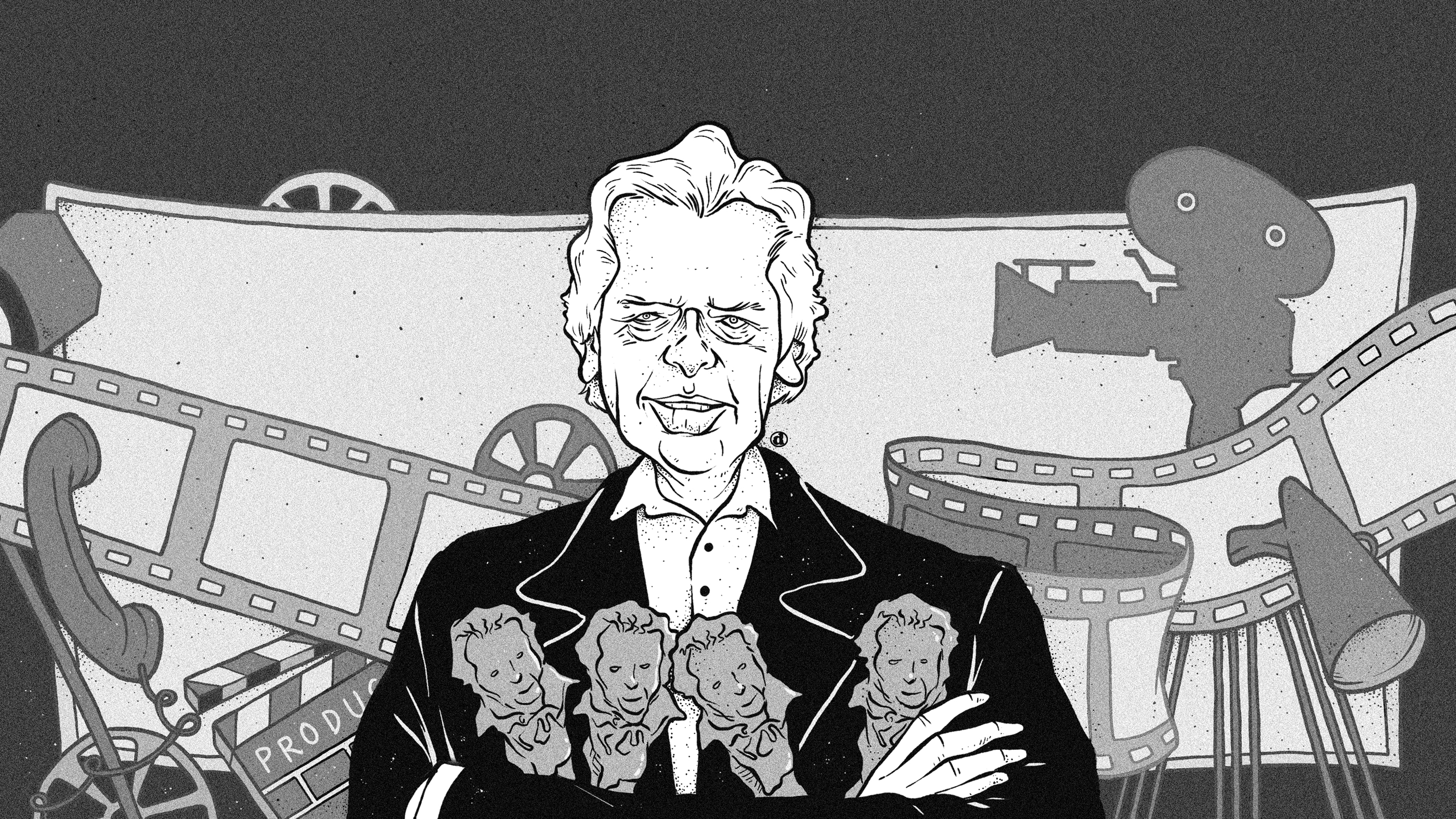
He’s just won the Goya 2016 award for his film Nadie quiere la noche (Nobody wants the night), his 19th movie, which makes this the fourth painter’s head Andrés Santana stores in his awards’ case, in addition to making his dream come true of working with the international star Juliette Binoche, Academy Award winner for The English patient.
«Why does a movie attract no audience but others get sold out? What kind of current is there that makes people agree, beyond any publicity strategy, to raise a movie to the top or completely ignore it?» These are answerless questions Andrés Santana wonders about constantly.
He confesses he doesn’t know how to make movies if they don’t make him fall in love with them and, even then, he has some moments, when the filming process is over, when he thinks about leaving the conflictive movie industry because it means living in a constant uncertainty, not knowing about the surprises that might pop up during the shooting, but he’s so hooked he keeps giving in to the seventh art.
He emphatically confirms that the film producer is a crazy person, and he must me out of his mind because he’s wander through continents and suffered extreme climates, like those near the North Pole, in order to make movies. Except for Africa. Not because he doesn’t want to, but because he still hasn’t found the script that will caress his heart.
Andrés Santana makes difficult things easy. First, he draws the movie in his head. Then, they just need to make it. That’s how he summarizes his way of planning the filming of the big productions and the presumably simple ones, ignoring for a few moments the problems and difficulties that come with the production of a movie.
«After a movie like this I look at myself in the mirror and say: how are you going to stop here?»
Andrés Santana and Antonio Betancor filming Mararía.
The situation in Spain doesn’t seem very promising, the Taxes, he says, have killed not only the movies but culture in general, and he points out that if a ticket costs nine Euros to a family with two children, «how are you going to ask them to go to the cinema?». Not very optimistic with the politics of fiscal incentives, that will attract big international production companies into our country, he does emphasize certain actions that might create precedents, like Woody Allen’s movie, Vicky, Cristina, Barcelona, which, according to Andrés Santana was the best publicity campaign the city has ever gotten; or the great idea by Rosa Díez, who was then the advisor for the Basque Government, who decided to take her cinema to Argentina with the excuse of «selling screws and bolts». In this industry not everything depends on the theatre seat, if those with power have a wider vision, it opens its wings and blows in new ideas for the economy of the country.
He’s spent more than four decades dedicated to cinema, which we should add on to those years as a child illuminated by the films he would swallow whole on the Sunday shows at the small quarter of Las Lagunetas, in the heart of Gran Canaria, and the ones he devoured at the Vegueta theatre in the capital of the island as an adolescent. The seventh art started flowing through his veins when he was little, in black and white and in colour, in outdoor cinemas on the square and small theatres. His obsession with cinema grows bigger with age to the point where he decided to, not only watch movies, but create them.
«Why would I waste my energy on something I don’t believe in?»
In order to do that he needs to take a giant step. With his mind made up, on his own and without warning, as he turns nineteen he packs his bags and takes off to Madrid, where he starts as an intern making coffee at La tonta del bote, his first job. Then he was an extra, a clerk or whatever was needed.
Andrés Santana jumps, slowly, from the bottom to the top as high as you can get in the industry of Spanish cinema, with the biggest award the Academy grants, in quadruplicate. El rey pasmado (The Dumbfounded King), Dias contados (Numbered days) and Blackthorn are his other Goya’s busts.
He openly admits that he cannot live without the drug of cinema and that when he is not working on some fiction movie he produces documentaries. He’s now joined an adventure to show the inside world of the artist from Gran Canaria Pepe Dámaso, who he met in 1991. The 82 year old painter has promised to get naked in this cinematography work and bring to light his relationship of forty years with another big man, the disappeared artist from Lanzarote César Manrique, throughout the correspondence between both artistic monsters.
Andrés Santana knows the documentary genre very well. He produced Ciudadano Negrín, film nominated to a Goya in 2011, that starts off the material filmed by the politician during his exile and that defends the figure of the Chief of Government during the Second Republic between 1937 and 1945. His genius is also behind ¿Cuánto pesa su edificio, Sr. Foster? (How much does your building weigh, Mr Foster?), an ambitious international film that narrates the personal biography of the architect and that was shown on the special section of the Berlinale and the San Sebastian Film Festival, work that dazzled Dámaso, who wouldn’t quit on his determination to be portrayed by the produced, until he ripped the project out of him.
«I’ll make your documentary, Pepe (Dámaso), but I’ll only make it if you get well»
Life stories in an audiovisual format fatten up the long list of cinematography works by the producer from Gran Canaria, who’s not willing to say goodbye to cinema, and cinema won’t be able to do without him, as he doesn’t give up on his dreamt retirement in Lanzarote, in a corner far away from tourists. Islands have a strong attraction. His friends and specially his mother keep him tied to the Canary Islands, which he visits frequently because, as he says, “homeland is always needed”.


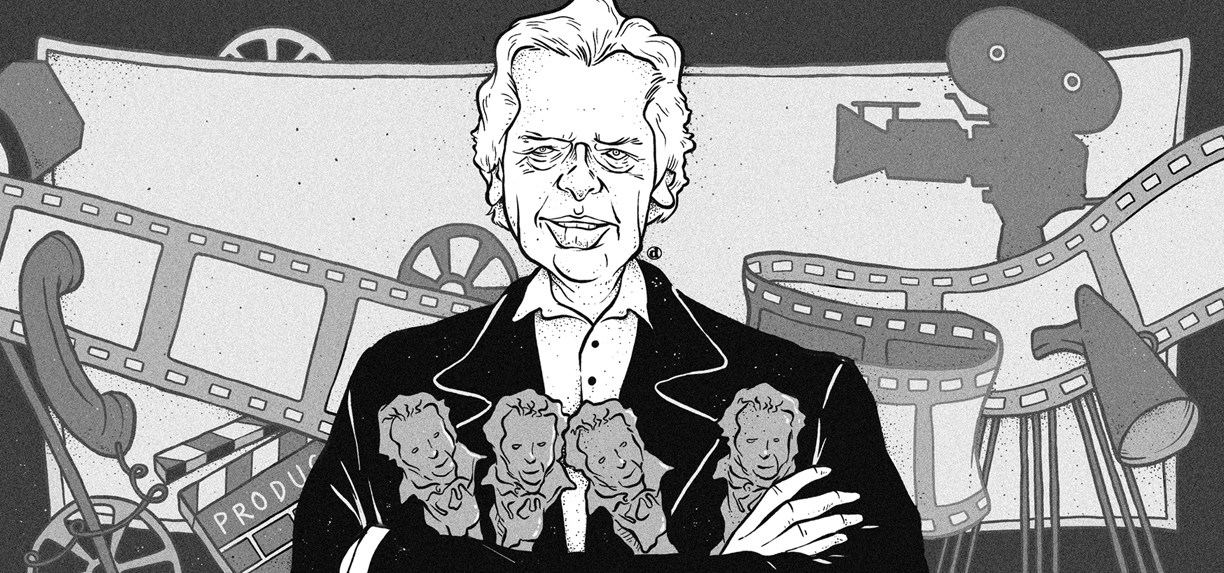



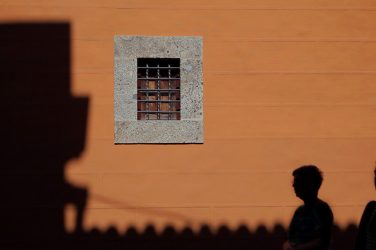
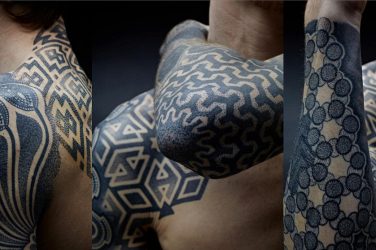
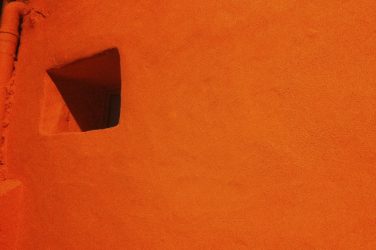

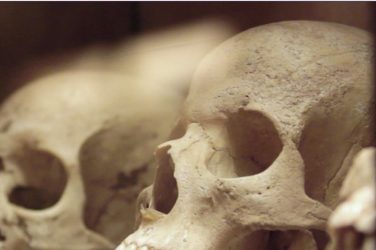

Mostrar comentarios (0)